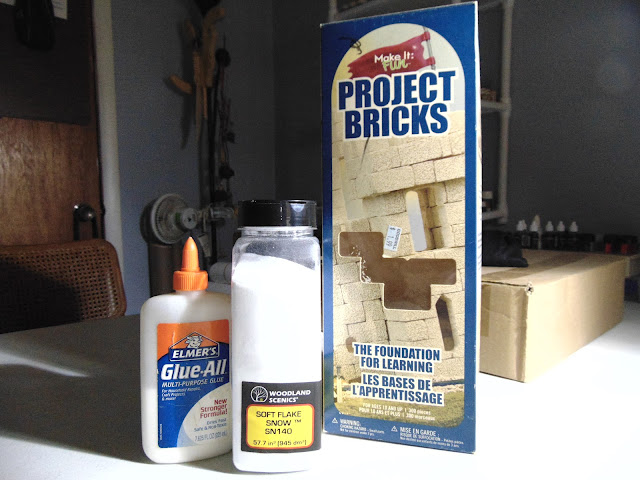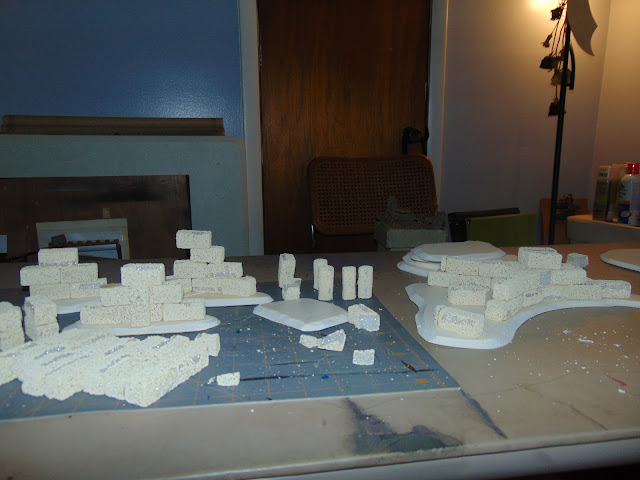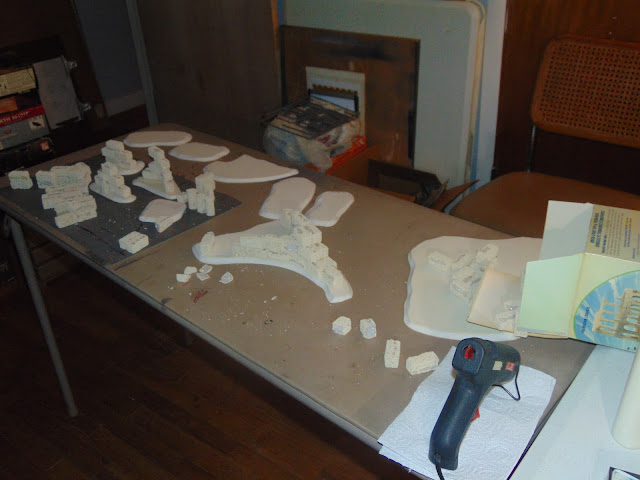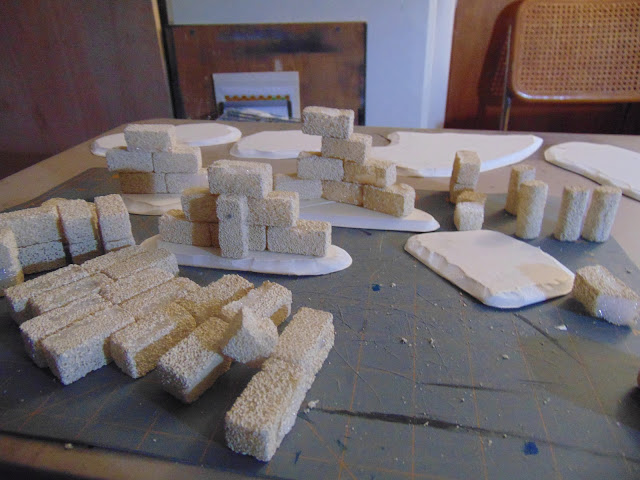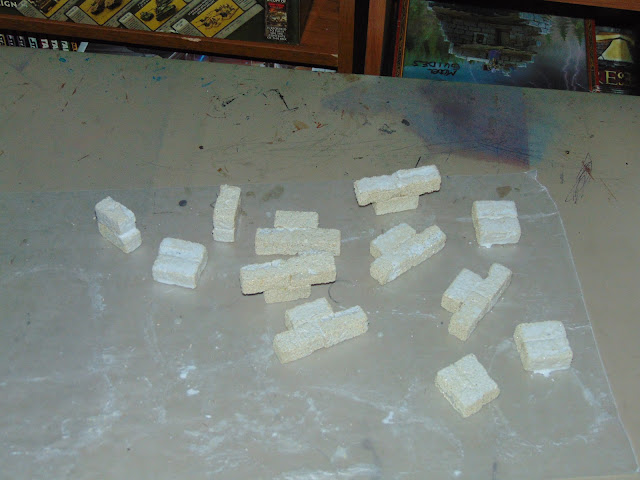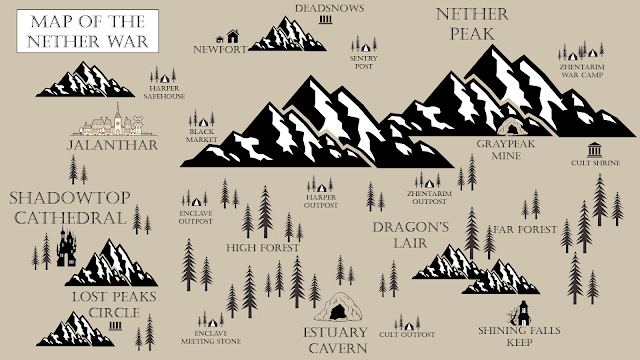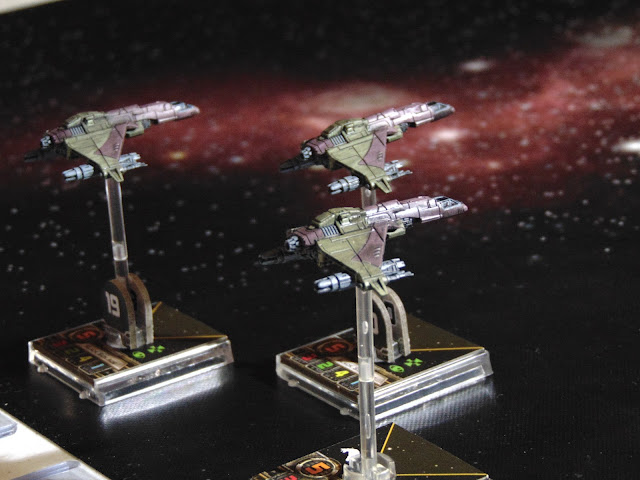Osprey Wargames, man. I have to admit I think they've been my favorite publisher for the last 7 years or so. I actually saw a few of their books at one of the biggest FLGS in the state recently, and I'm happy the wargames community explored other things after the...
fallout of edition changes.
I like just about everything they do, certainly everything I've read. While they may not be perfect (cost of naginatas in Ronin makes no sense), each one of them is cool in it's own right. There is a staggering variety, pretty much something for everyone and new stuff coming out every day.
A lot of folks don't know about
Horizon Wars, and that's a shame. It's a combined arms wargame centered around mecha, and as far as it goes this is a steal. It's a great game, and it will be the next game I jump on for campaigning, modelling and terrain building. It's time to smash giant robots together, and fly around with helicopters and stuff.
One of the cool things about a lot of the Osprey Games is that many of them are somewhat setting and scale agnostic. I'm going in with 10mm, an odd scale...but it's gaining traction with a lot of gamers. I'm going to use Horizon Wars to play miniature games with the Battletech setting, during the Dark Age. I'm not going to limit myself to purely Battletech models, either...since it's 10mm, I've got some Mechwarrior: Dark Age models to start with. However, I've also got a lot of Reaper C.A.V. models, some generic WW2 infantry who's name and manufacturer escape me at the moment, and I'm going to pick up some stuff from other 10mm ranges like
Firestorm Planetfall (defunct or not, I'm not quite sure) and Dropzone Commander.
Horizon Wars also uses the oft-shunned D12 in the basic mechanic. I'll have to buy some extras just for this game, because believe it or not I just don't have that many. Not very many games make heavy use of them except perhaps RPG's, and then not so much. The very first die I ever owned I found in a ditch in Kansas, and it was a D12...one of the old, old ones you had to color in. I assume it was in a bar ditch because no one likes D12's. I still have that die, 26 years later. Somewhere...I think it's in the big bag of old dice my daughters play with. I should look for that to make sure I'm not lying.
I've decided that 10mm terrain can probably fill in at 6mm as well, especially with generic things like roads, monorails and nondescript buildings. We're going in on a moon base table this time, because why shouldn't gravity and vacuum not be represented in our games? We're all about being inclusive, so maybe your pilot will suffocate, be nuked alive by un-shielded radiation or maybe just float away into space after an explosion. I'm still looking for good moon bases at 10mm, so if you know where I can find some drop a line in the comments.
FYI - I found three copies of Horizon Wars at a Half-Price Books in Oklahoma City a few weeks back. Next time I run across something like this I'll make sure to pick them up. I bet a couple of you guys out there would be interested in this, so take a look and see if it passes the bar. The flexible force design rules should be enough to coerce you into a game.
...and to anyone who asks the asinine question:
"If you wanna play Battletech bruh why don't you just play Battletech? You just talked about it anyway??"
To that, I can only say I never said I wasn't playing Classic Battletech. Or Alpha Strike. I love me some old school FASA boxed sets too. In fact, I was once a total FASA fanboi. I even love Renegade Legion, and most BT guys I know don't have any idea what that even was. Shadowrun was the first RPG I ever bought myself, and I ordered Earthdawn 1st Edition so long ago that the mail carriers couldn't find my house and I had to have it delivered 45 miles away. Don't sass my BT cred.
Horizon Wars might seem like it's limited, but it's actually very flexible in the sort of games you can play. I might even throw the ol' RL grav tanks on the field and see how they play in the ruleset. There are several semi-official(?) expansions written by the author, such as BioWar, DataWar, MetaFormers and more. Check out the
Facebook group here and dig the massive Files section, where folks have shared their translations of other game worlds such as Robotech, Planetfall and Infinity.
Check out
Precinct Omega's Horizon Wars section. It is the author's website, and you can find a lot of related materials. Check out some of the other projects there as well for extra internet points.
So I guess what I mean to say is: Get your robot runnin'. Head out to the moon base. Look for a heat signature in every game you play. Yes comrade we will make it happen, take the foe in a death embrace. Fire all your guns at once, and explode your heat gauge.
